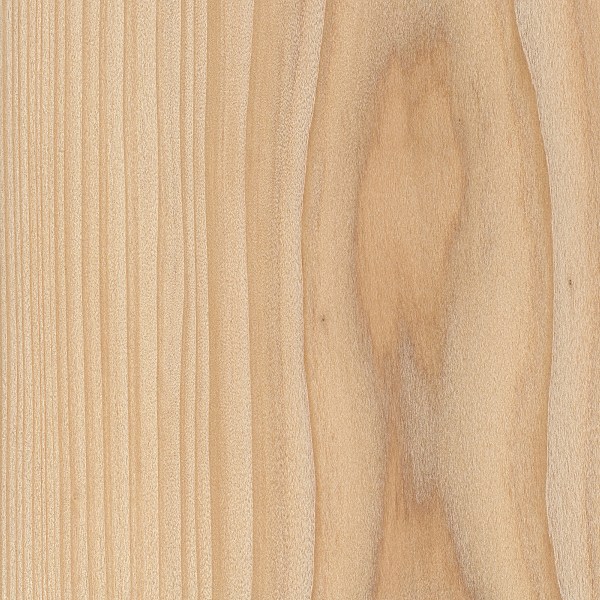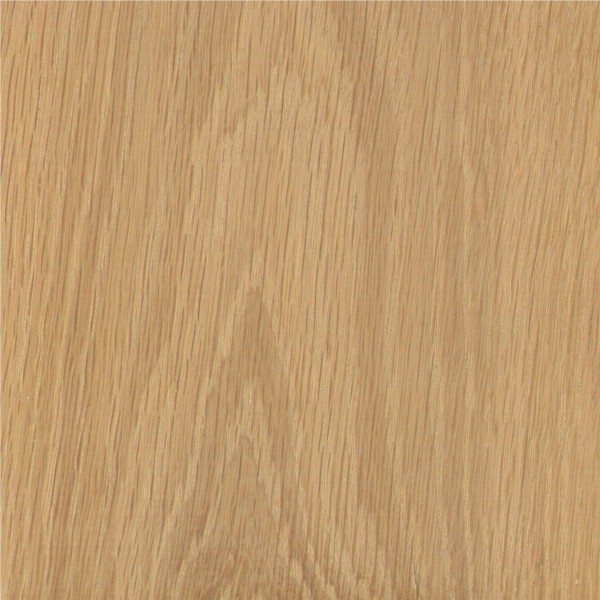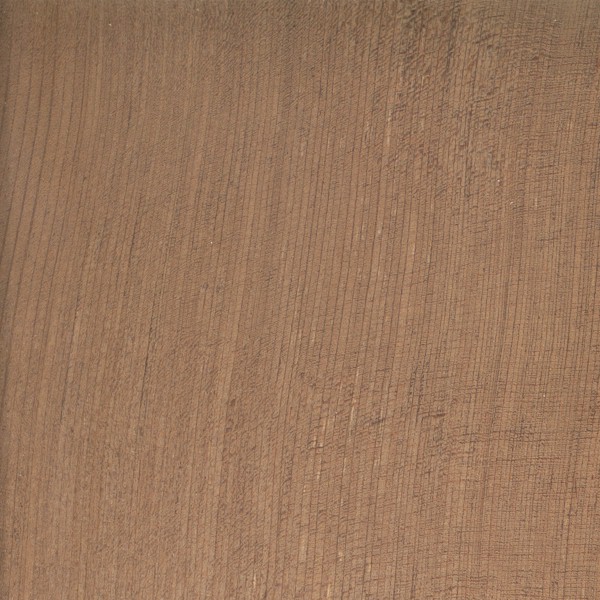IRS AUCTION NOW!
Bid by June 3rd
NNT collects reclaimed lumber from local as well as domestic sources. Most of the materials are from deconstructed buildings, we work to find the highest grade beams to resize for your individual needs. The older growth materials have a denser grain and tend to outlast the newer growth materials. For our submerged materials, we find large old growth logs that we slice into large live edge slabs. The colors and texture from these submerged materials are completely unique.

Color/Appearance: Heartwood is reddish brown, sapwood is yellowish white.
Grain/Texture: Straight grained with a fine to medium texture.
Endgrain: Large resin canals, numerous and evenly distributed, mostly solitary ; earlywood to latewood transition abrupt, color contrast high; tracheid diameter medium-large.
Rot Resistance: The heartwood is rated as moderately resistant to decay.
Workability: Overall, Longleaf Pine works fairly well with most tools, though the resin can gum up tools and clog sandpaper. Longleaf Pine glues and finishes well.
Odor: Has a distinct smell that is shared among most species in the Pinus genus.
Sustainability: This wood species is not listed in the CITES Appendices, but is on the IUCN Red List. It is listed as vulnerable due to a population reduction of over 20% in the past three generations, caused by a decline in its natural range, and exploitation. Natural occurrences of Longleaf Pine have been replaced by plantations of Loblolly and Slash Pine.
Common Uses: Longleaf Pine is commonly used for construction, such as: stringers, roof trusses, poles, joists, piles; as well as interior applications such as subflooring and sheathing. In exterior applications, it is usually pressure-treated with preservatives.
Comments: Longleaf Pine is considered to be in the group of southern yellow pines, and shares many characteristics with other species of this group (Slash, Shortleaf, and Loblolly Pine) such as being: hard, dense, and possessing an excellent strength-to-weight ratio.

Color/Appearance: Color tends to be a light, yellowish brown. Sapwood is nearly white. Some boards can have scattered pockets of darker wood that have been attacked by fungi, which is sometimes called pecky cypress.
Grain/Texture: Cypress has a straight grain and a medium texture.
Endgrain: Resin canals absent; earlywood to latewood transition abrupt, color contrast medium; tracheid diameter large to very large.
Rot Resistance: Old-growth Cypress is rated as being durable to very durable in regards to decay resistance, while wood from younger trees is only rated as moderately durable.
Workability: Overall, Cypress is easy to work with hand and machine tools, though sharp cutters ought to be used to prevent lifting of the grain. Also, the wood has been reported by some sources to have a moderate dulling effect on cutting edges. Cypress has good gluing, nailing, finishing, and paint-holding properties.
Odor: Cypress has a distinct, somewhat sour odor while being worked.
Sustainability: This wood species is not listed in the CITES Appendices, and is reported by the IUCN as being a species of least concern.
Common Uses: Exterior construction, docks, boatbuilding, interior trim, and veneer.
Comments: Cypress is popular choice in construction applications where decay resistance is needed.
Cypress trees develop unique aerial roots that protrude above the ground (or water), and are especially seen on trees growing in swamps. These structures are known as knees, and are sometimes harvested (on a small scale) and sold for woodcarving purposes.

Color/Appearance: Heartwood is a light to medium brown, commonly with an olive cast. Nearly white to light brown sapwood is not always sharply demarcated from the heartwood. Quartersawn sections display prominent ray fleck patterns. Conversely, Red Oak tends to be slightly redder, but is by no means a reliable method of determining the type of oak.
Grain/Texture: Grain is straight, with a coarse, uneven texture.
Endgrain: Ring-porous; 2-4 rows of large, exclusively solitary earlywood pores, numerous small to very small latewood pores in radial arrangement; tyloses abundant; growth rings distinct; rays large and visible without lens; apotracheal parenchyma diffuse-in-aggregates (short lines between rays).
Rot Resistance: Rated as very durable; frequently used in boatbuilding and tight cooperage applications.
Workability: Produces good results with hand and machine tools. Has moderately high shrinkage values, resulting in mediocre dimensional stability, especially in flatsawn boards. Can react with iron (particularly when wet) and cause staining and discoloration. Responds well to steam-bending. Glues, stains, and finishes well.
Odor: Has a tell-tale smell that is common to most oaks. Most find it appealing.
Sustainability: This wood species is not listed in the CITES Appendices or on the IUCN Red List of Threatened Species.
Common Uses: Cabinetry, furniture, interior trim, flooring, boatbuilding, barrels, and veneer.
Comments: White Oak is the state tree of Connecticut, Illinois, and Maryland. Connecticut’s state quarter was minted with a picture and inscription of a famous White Oak tree, The Charter Oak.
White Oak is strong, beautiful, rot-resistant, easy-to-work, and economical, representing an exceptional value to woodworkers. It’s no wonder that the wood is so widely used in cabinet and furniture making.

Color/Appearance: Heartwood color can range from a light pinkish brown to a deep reddish brown. Sapwood is a pale white/yellow. Curly figure or Redwood burl (sometimes referred to as “lace” or by the name Vavona) are occasionally seen.
Grain/Texture: Grain is generally straight, though figured pieces may be be wavy or irregular. Coarse texture and low natural luster.
Endgrain: Resin canals absent; earlywood to latewood transition abrupt, color contrast medium-high; tracheid diameter large-very large; parenchyma diffuse (usually visible with hand lens).
Rot Resistance: Rated as moderately durable to very durable regarding decay resistance. Lumber from old-growth trees tends to be more durable than that from younger second-growth trees.
Workability: Typically easy to work with hand tools or machinery, but planer tearout can occur on figured pieces with curly, wavy, or irregular grain. Glues and finishes well.
Odor: Redwood has a distinct odor when being worked.
Sustainability: This wood species is not listed in the CITES Appendices, but is on the IUCN Red List. It is listed as vulnerable due to a population reduction of approximately 40% in the past three generations, caused by a decline in its natural range, and exploitation.
Common Uses: Veneer, construction lumber, beams, posts, decking, exterior furniture, and trim. Burls and other forms of figured Redwood are also used in turning, musical instruments, and other small specialty items.
Comments: Capable of attaining heights of nearly 400 feet, Redwood (Sequoia sempervirens) is the world’s tallest tree species. It grows in a very limited area on the Pacific coast of northwestern United States, where heavy rainfall and cool, damp air create a unique environment for these trees. A related species, (Sequoiadendron giganteum), sometimes known as Giant Sequoia or Wellingtonia, produces similar lumber.
Redwood lumber is very soft and lightweight, with a decent strength-to-weight ratio. It is also exceptionally stable, with very little shrinkage or seasonal movement. The mechanical values listed at the top of the page represent the averages between both old-growth lumber and second-growth lumber. On the whole, old-growth lumber tends to be slightly heavier (29 lbs/ft3 versus 26), harder (480 lbf Janka hardness versus 420), and stronger (10,000 lbf/in2 modulus of rupture versus 7,900) than younger second-growth lumber.